The best lenses for the Nikon D800 in 2025: the top lenses for Nikon's much-loved DSLR
These best lenses for the Nikon D800 help you to get the most from an older DSLR camera that's still popular today
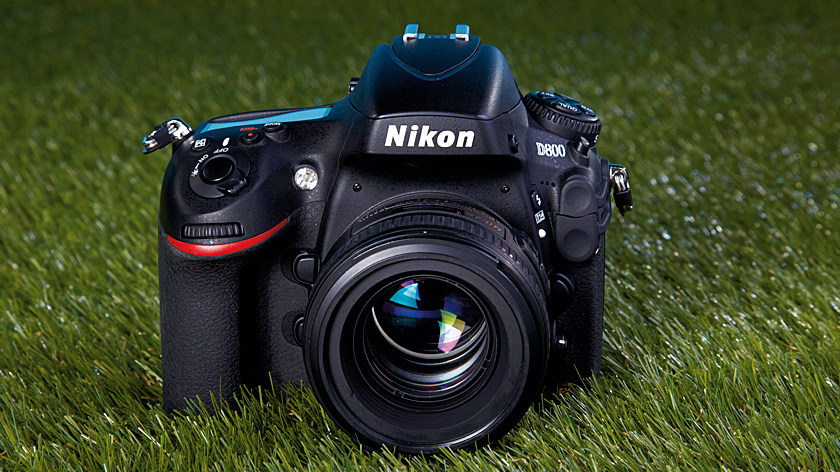
If you still use one, these are best lenses for the Nikon D800, which can help you to get the most from this amazing DSLR. Aimed at serious photography enthusiasts, the Nikon D800 is more than 10 years old, and still a great camera, even today.
Nikon's high-resolution full-frame DSLR first came out in 2012, but it's a camera that has truly stood the test of time, with a 36.3-megapixel sensor that produces stunning images – even if the maximum burst speed of 5fps is poor compared to the best DSLR cameras today.
Almost every F-mount lens on offer is compatible with the Nikon D800, there are a few you should lean toward if you want to achieve ultimate image quality. Nikon’s holy trinity of lenses consists of three f/2.8 zooms that cover focal lengths from 14mm all the way up to 200mm in an attempt to negate the requirement for any other lenses in the kit bag. However, a few key lenses are worthy of being in this top lens roundup, including some fast primes renowned for their optical quality.
Things to look for when choosing a lens for the Nikon D800 include specialized coatings that reduce flare, glare, and ghosting – especially when shooting toward light sources such as the sun.
Speedy autofocus controls along the lens barrel, and sleek lens designs are equally important in the functions of a lens, so that every moment can be captured, in focus. There are a few lenses in this list that perform just as well, if not better, than the most expensive glass you can buy for the D800.

Lauren has previously served as the Managing Editor at Digital Camera World, Editor of Digital Photographer and a features writer for the likes of Tech Radar, Canon Europe and Stuff magazine. With over ten years of experience in the photo industry, she started shooting with the Canon EOS 5D Mark III and Nikon D800 DSLRs, and always comes back to a full-frame DSLR for comfort and quality.
The Quick List
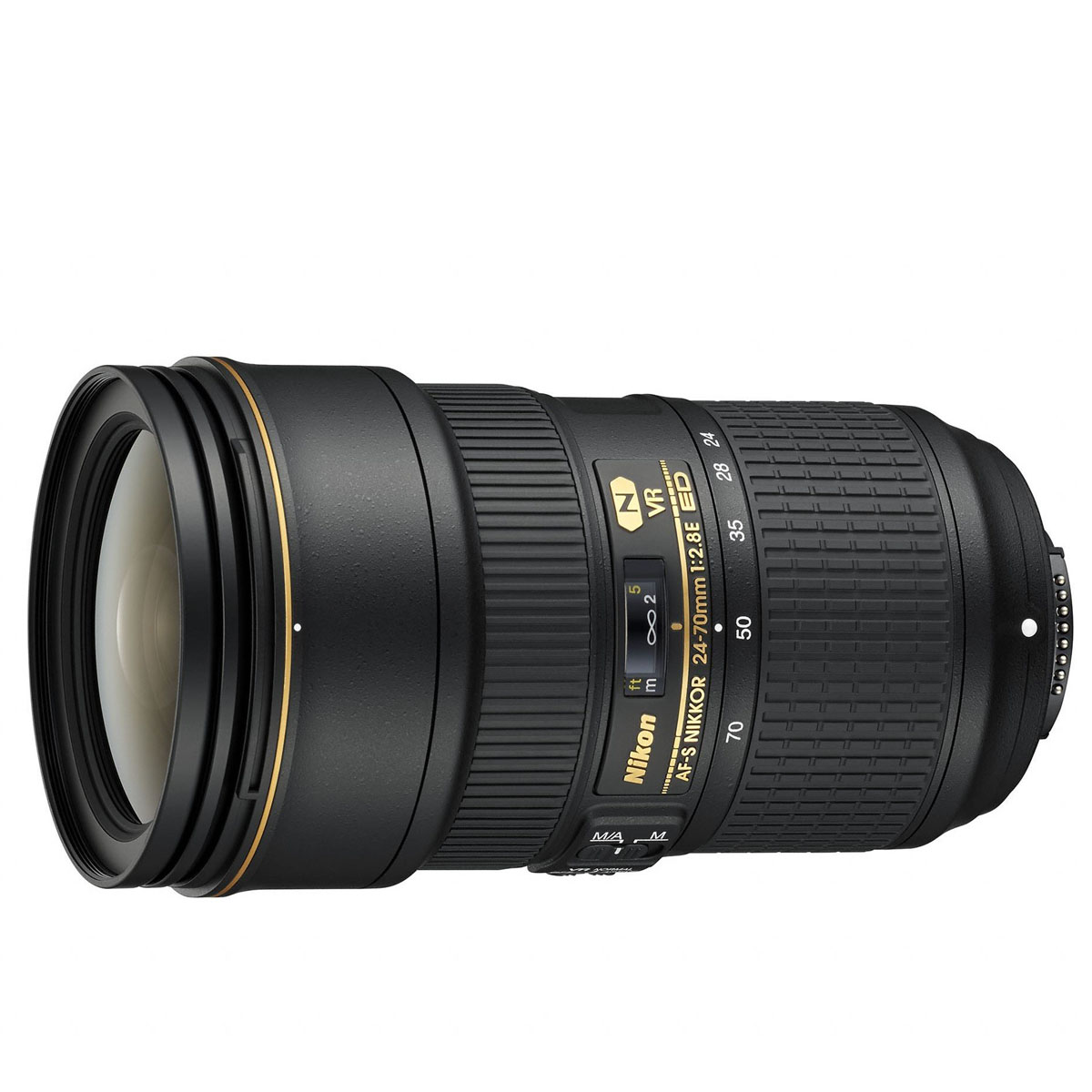
This standard zoom ticks all the boxes for daily shooting versatility, with wonderful sharpness, rapid autofocus and a wide aperture. Read more below…
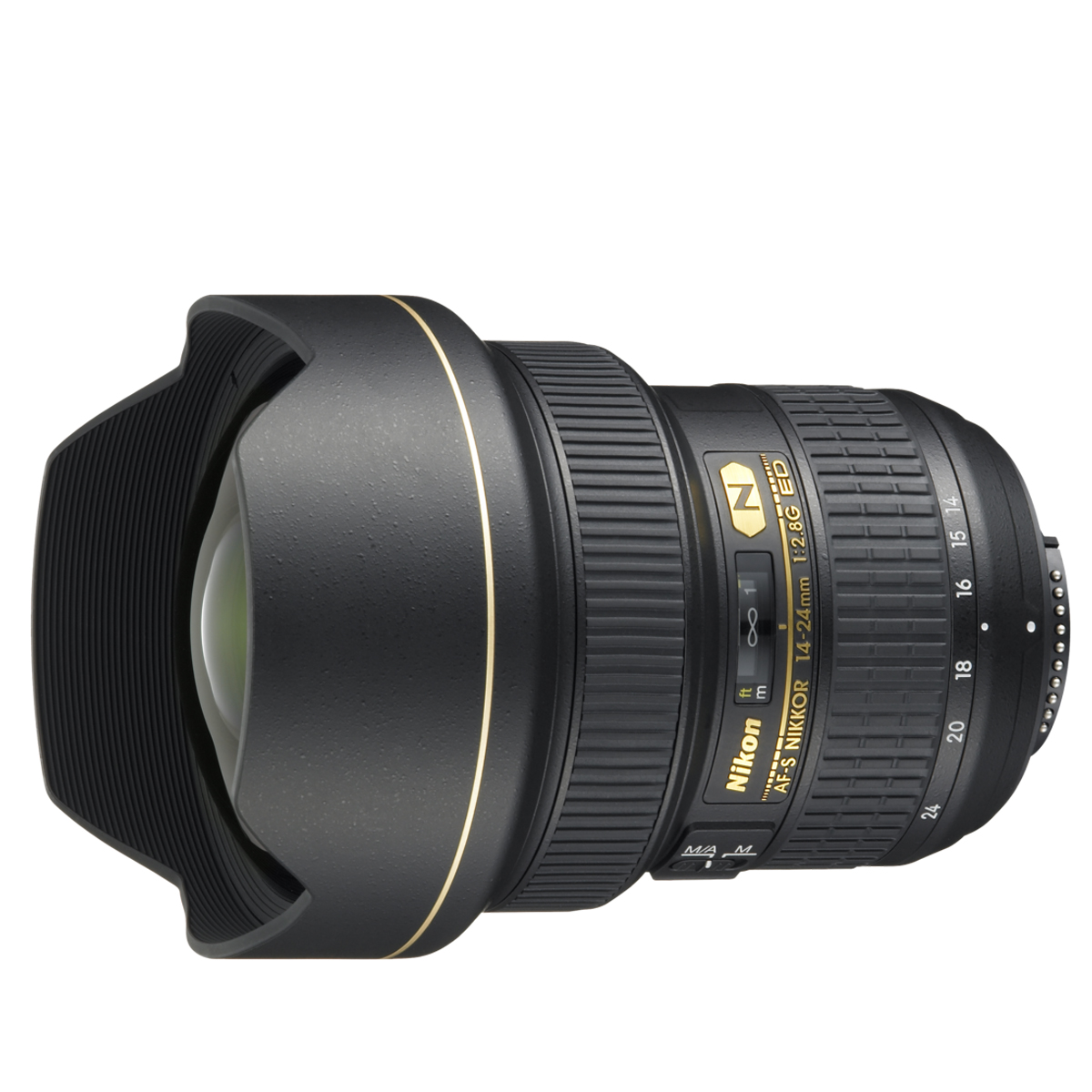
From dawn landscapes to night skies, this zoom can handle all the epicness you can throw at it, with a wide aperture that takes in lots of light. Read more below…
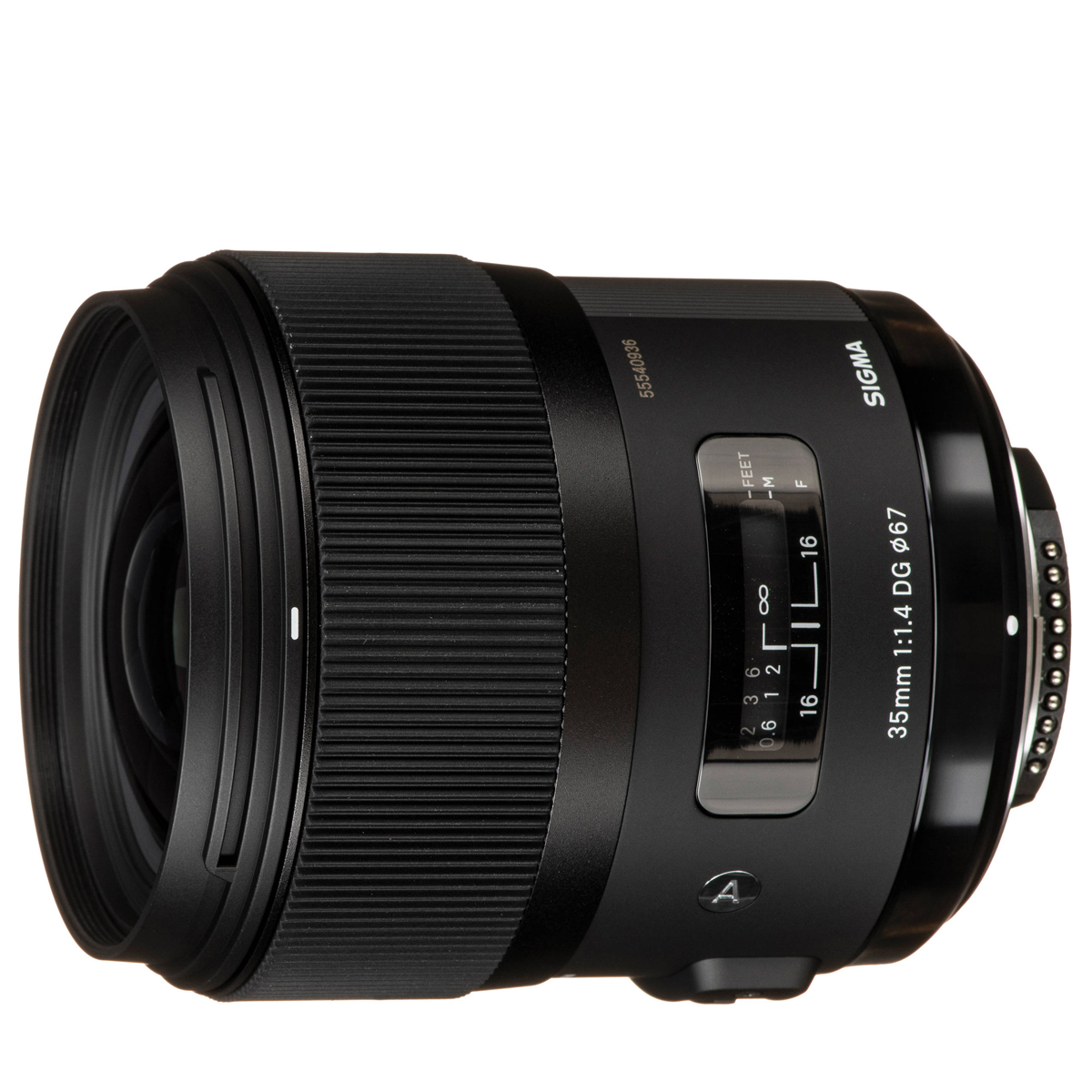
Great engineering means this prime delivers super-sharp detail and dreamy bokeh, at an attractive price compared with its rivals. Read more below…
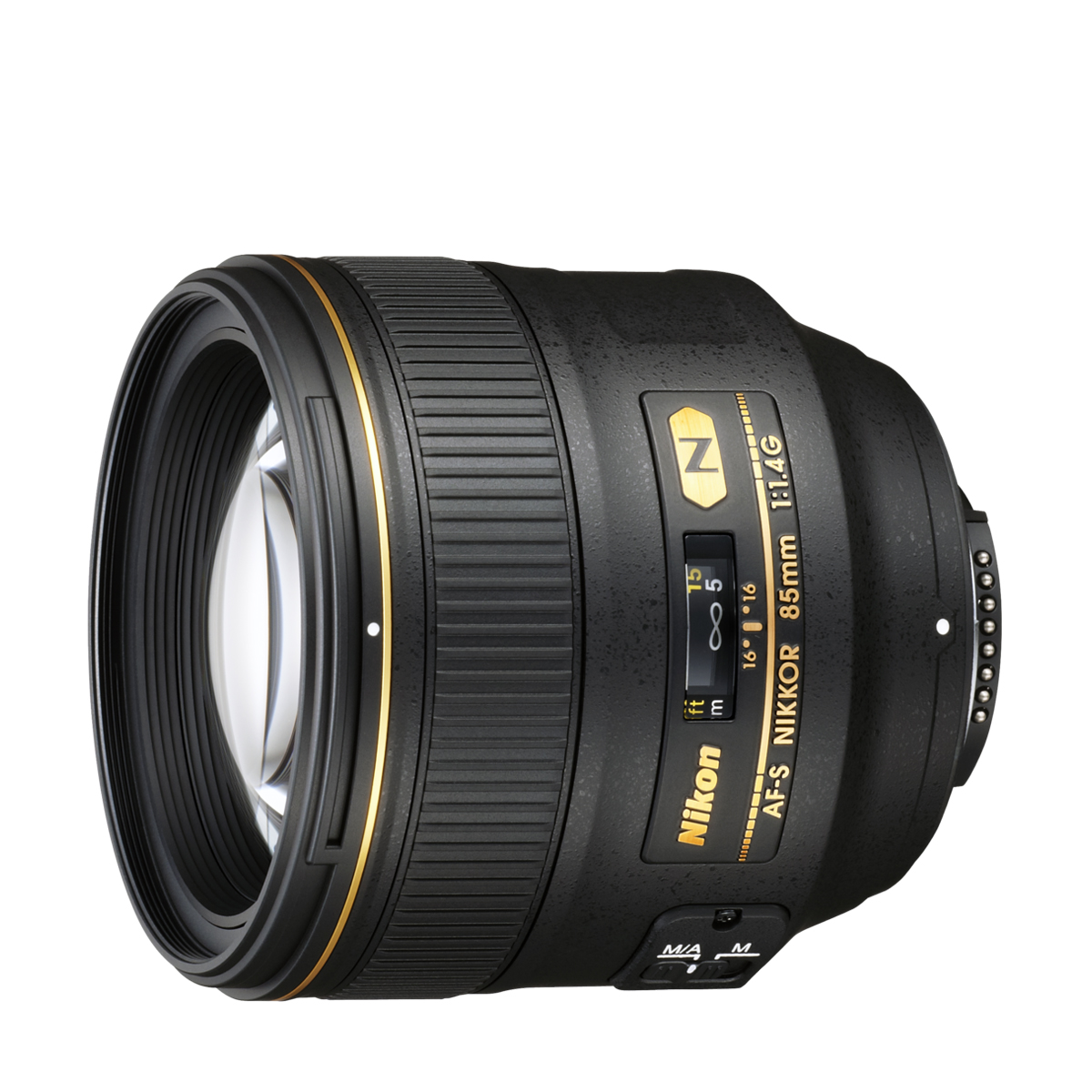
With an exceptional reputation among its owners, this prime lens is capable of depths of field so narrow you really have to focus well. Read more below…
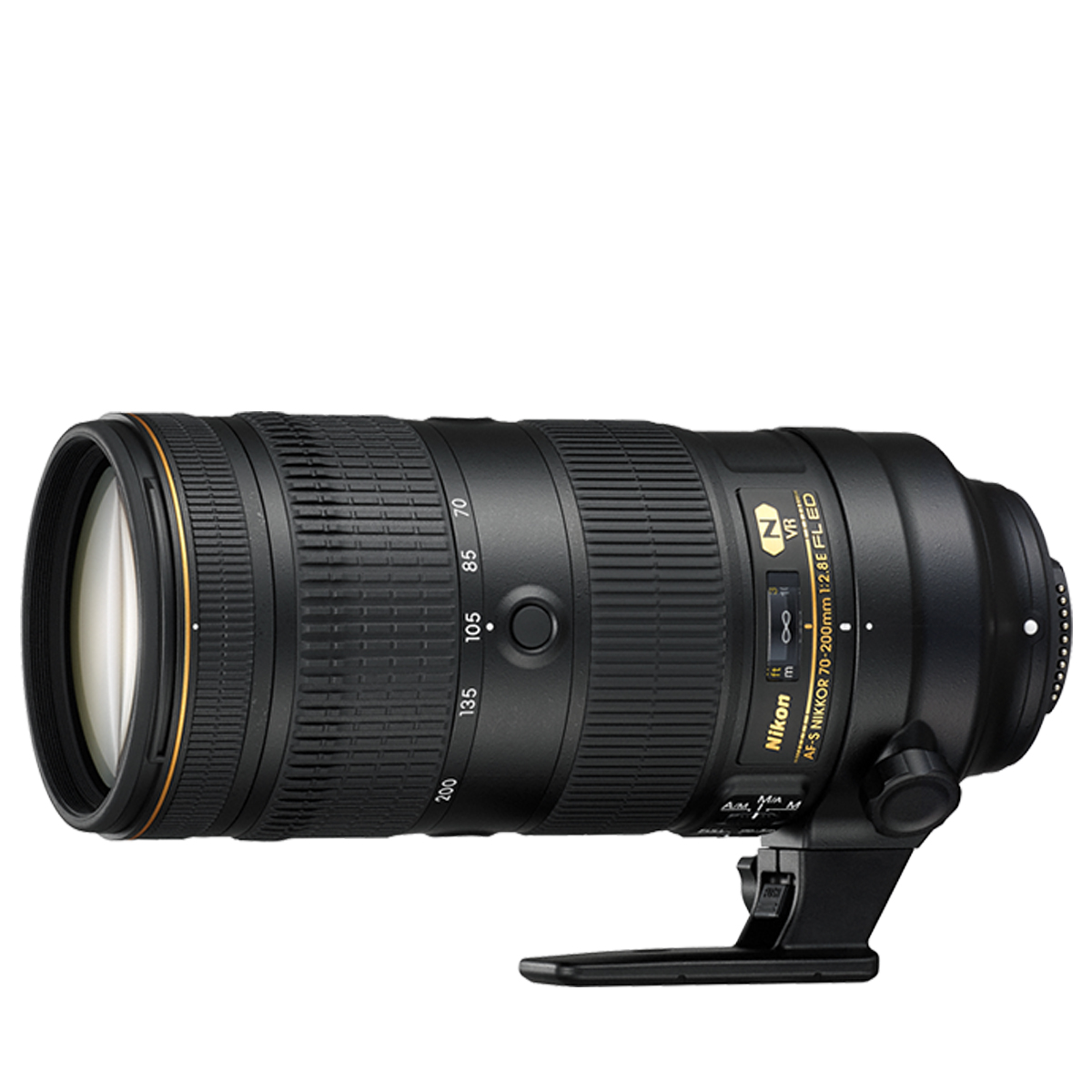
A key lens in many pros’ kit bags, this telephoto zoom gives you plenty of options while you shoot, plus first-class build and handling. Read more below…
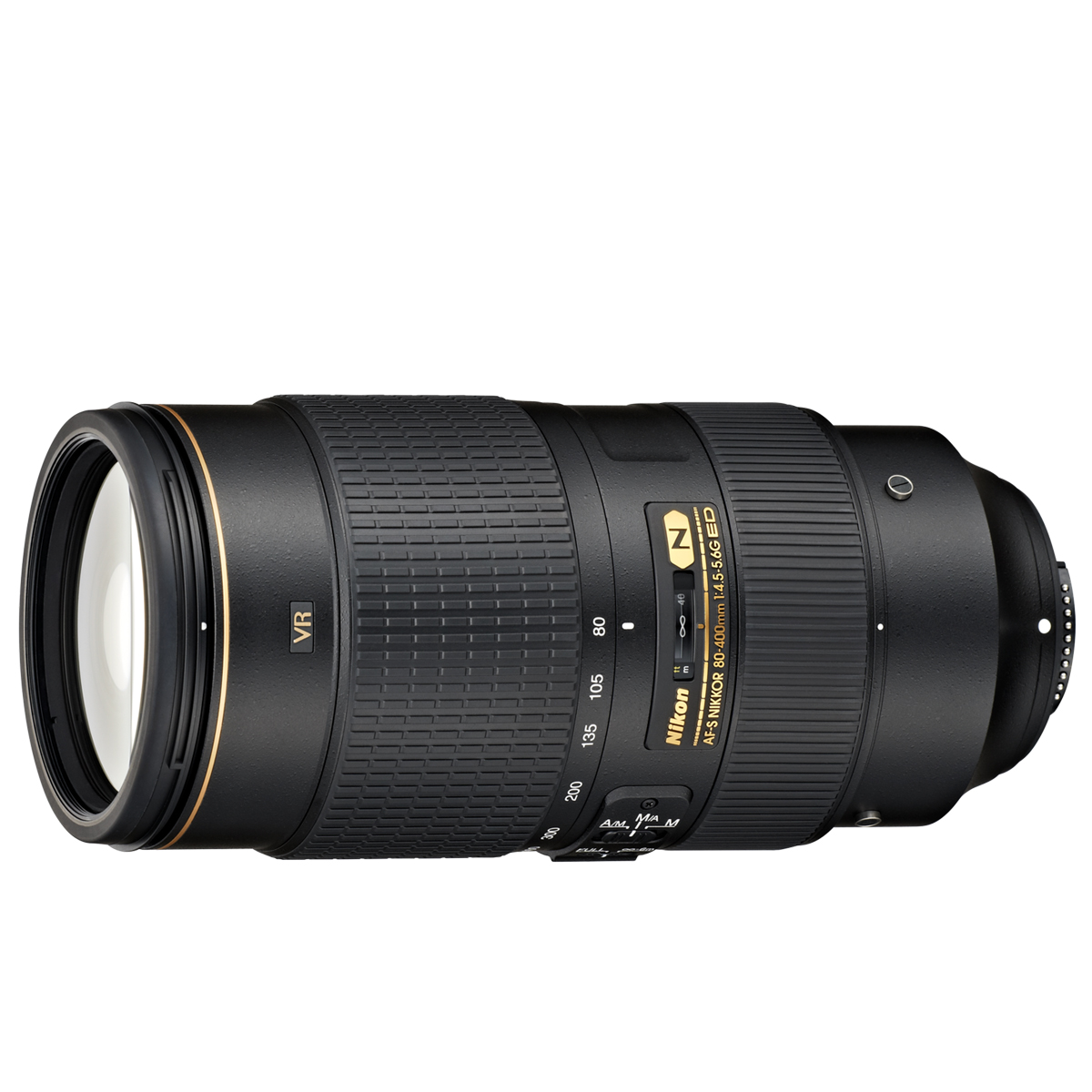
A generous 5x zoom range means you can capture anything from portraits to small creatures without swapping out the lens. Read more below…
View the full list ⤵
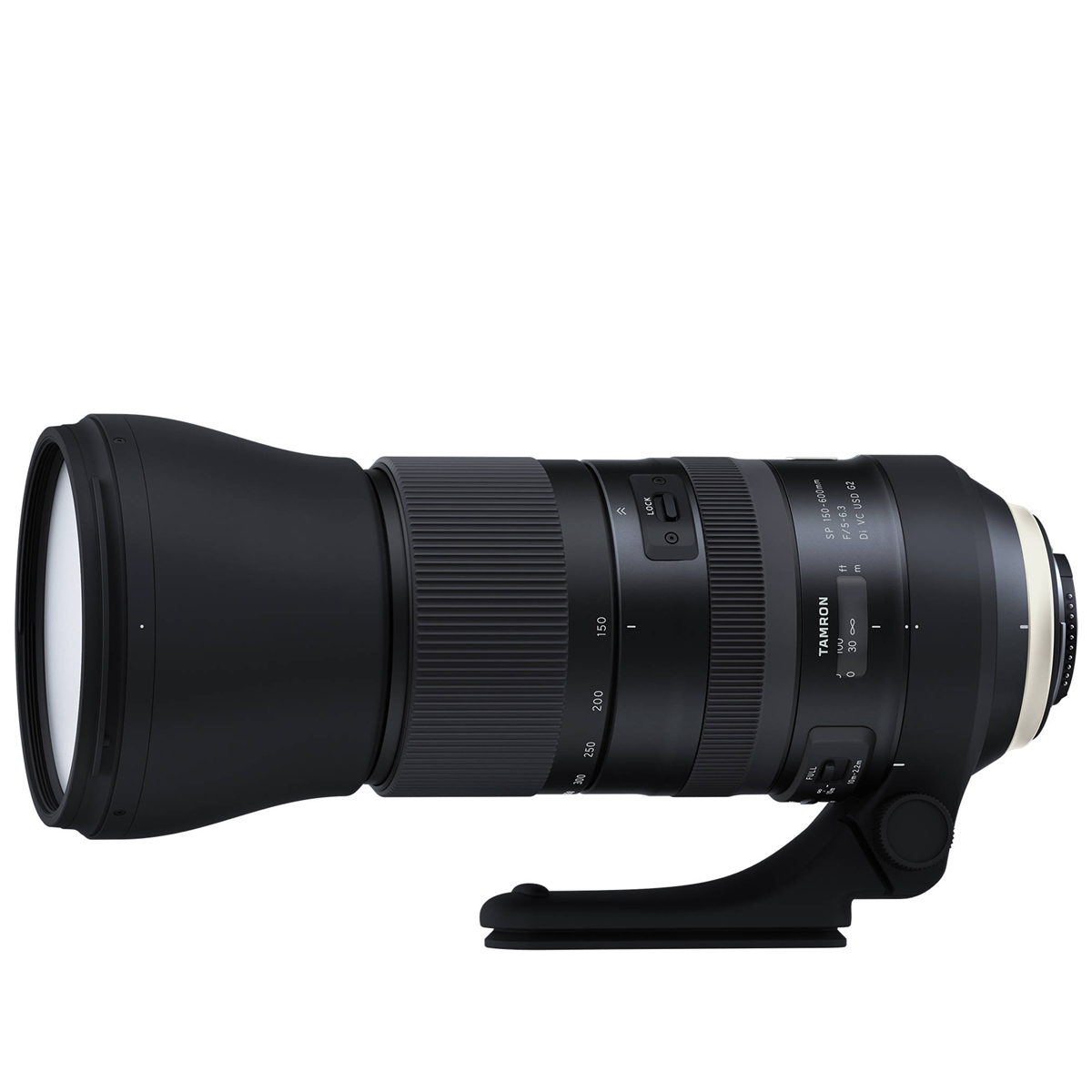
When your subject is distant and you can’t get closer, it’s time to break out this beauty, which weighs less than you’d expect. Read more below…
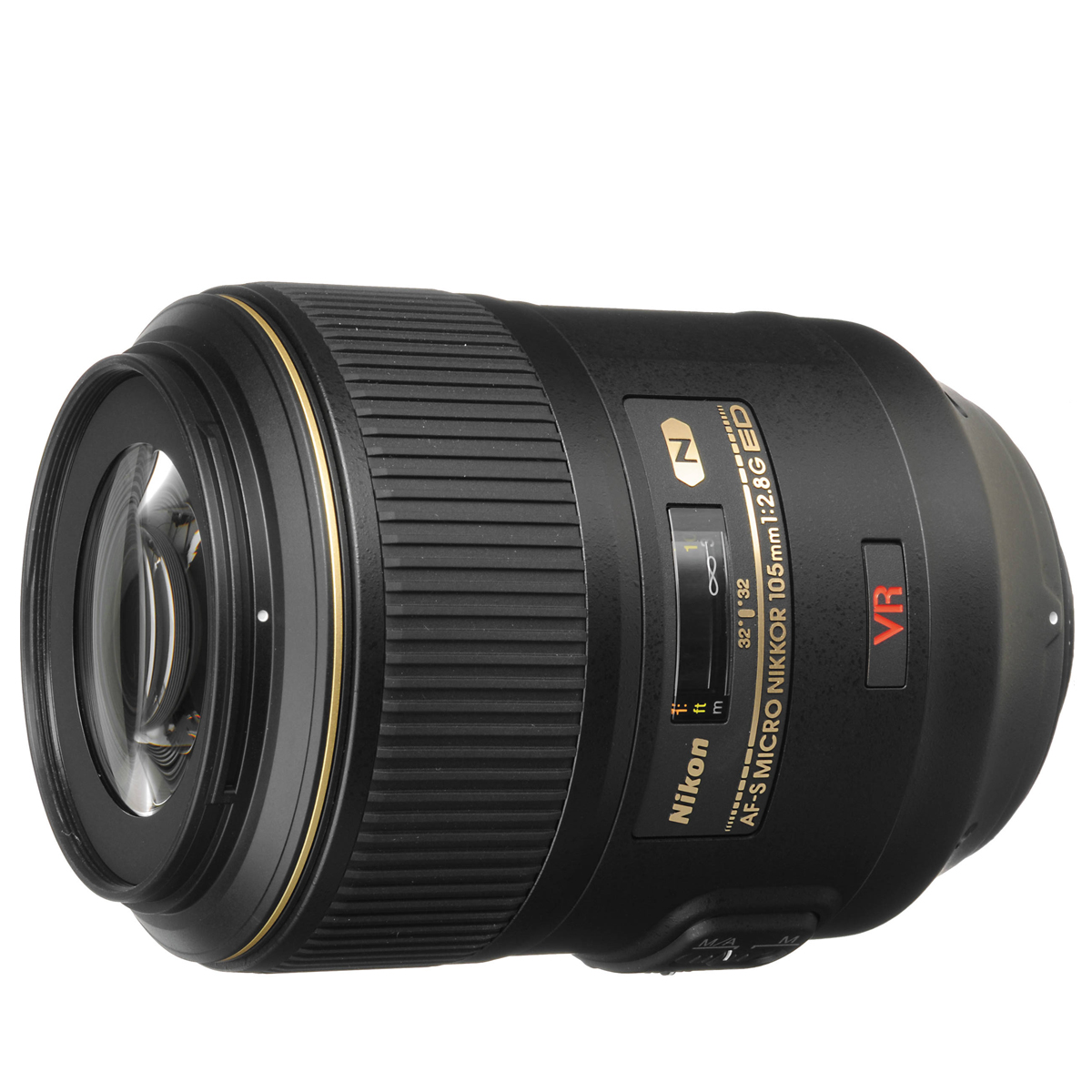
Enjoy lifesize magnification of small subjects with this prime, which also makes a decent fist at portraits and headshots. Read more below…
Best lenses for the Nikon D800
Why you can trust Digital Camera World
Best everyday lens for the D800
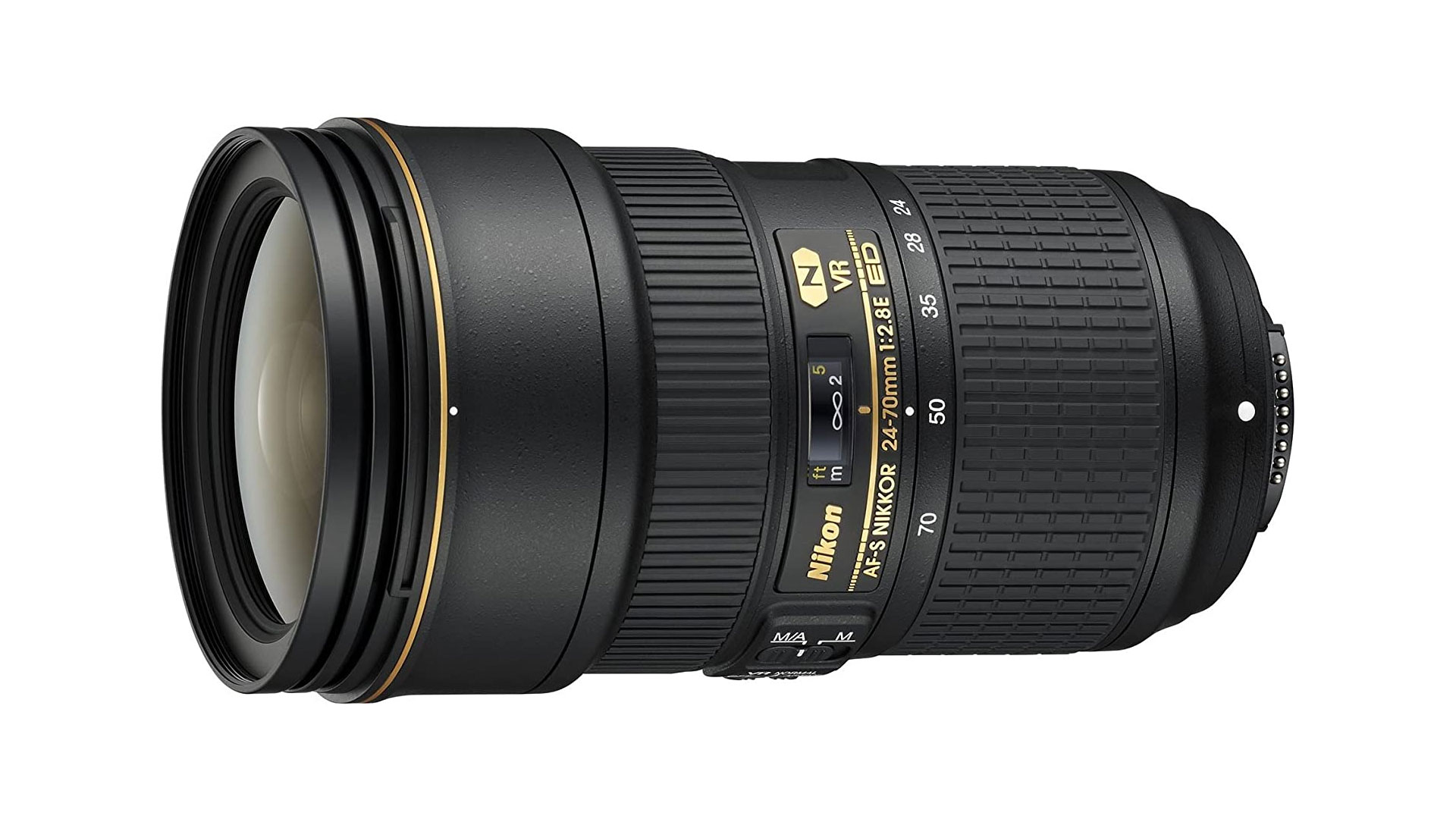
Specifications
Reasons to buy
Reasons to avoid
This zoom has the classic focal length range associated with standard zooms, enabling you to shoot a wide-angle image one moment, then twist the zoom ring to capture a telephoto detail the next. It has a formidable reputation among Nikon professionals, thanks to brilliant edge-to-edge sharpness, super-fast autofocus, and a wide aperture for isolating subjects or handling fading light.
Its drawbacks are that it’s fairly heavy and definitely not cheap, but image quality like this is hard to argue with.
Read more: Nikon AF-S 24-70mm f/2.8E ED VR review
Best wide-angle lens for the D800
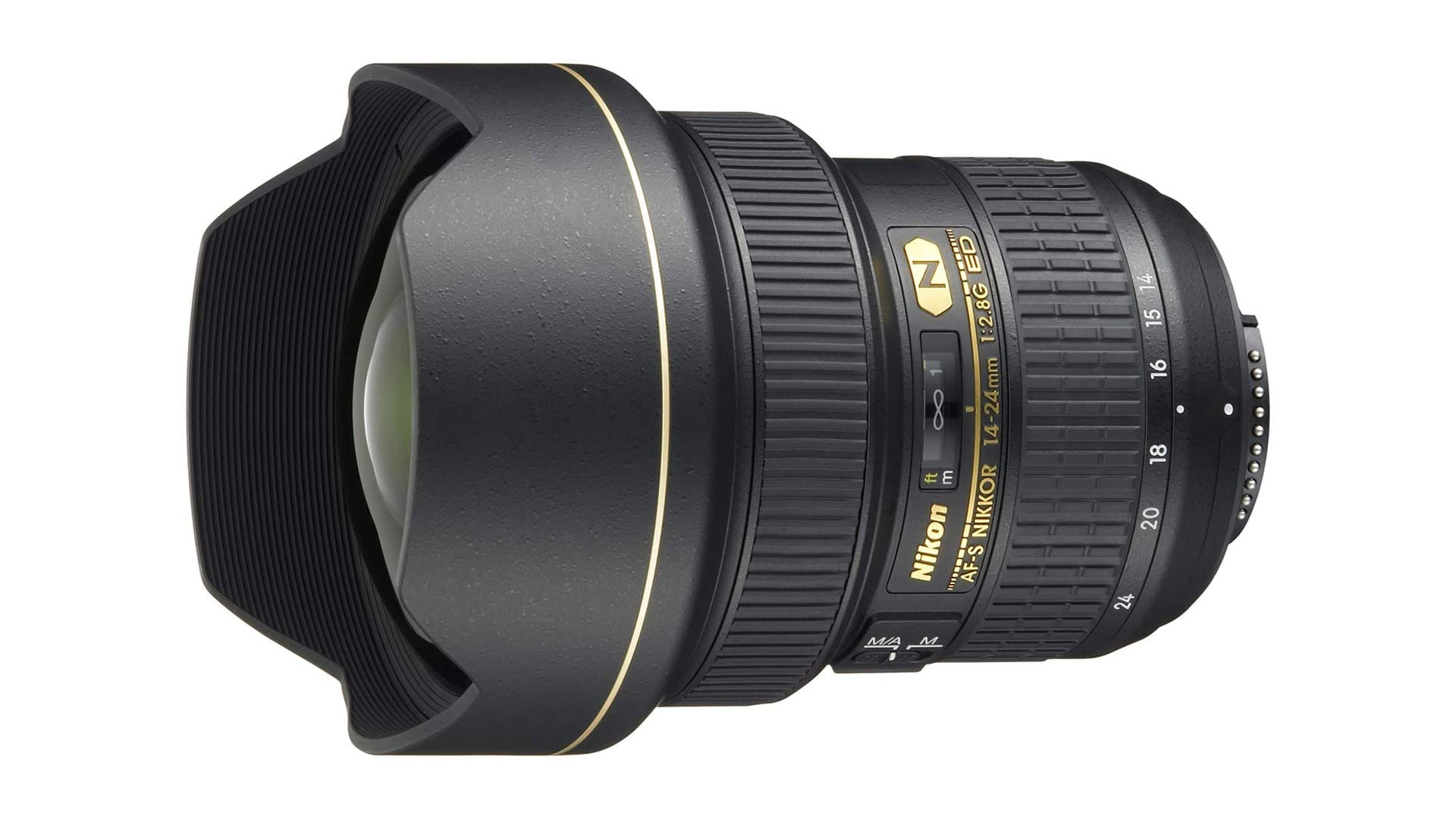
Specifications
Reasons to buy
Reasons to avoid
The focal length range of this wide-angle zoom ends where the 24-70mm begins, making it a strong complement to your daily shooting lens. At its short end, the sweeping field of view makes the lens ideal for epic landscapes or breathtaking night skies, and there is virtually no aberration or distortion, wherever you look in the frame.
One thing to be aware of: the lens’s protuding front element means there’s no front filter attachment. Instead, you need a filter system with an adepter that can go on the back of the lens. That detail aside, this is a sublime lens to own.
Read more: Nikon AF-S 14-24mm f/2.8G ED review
Best street photography lens for the D800
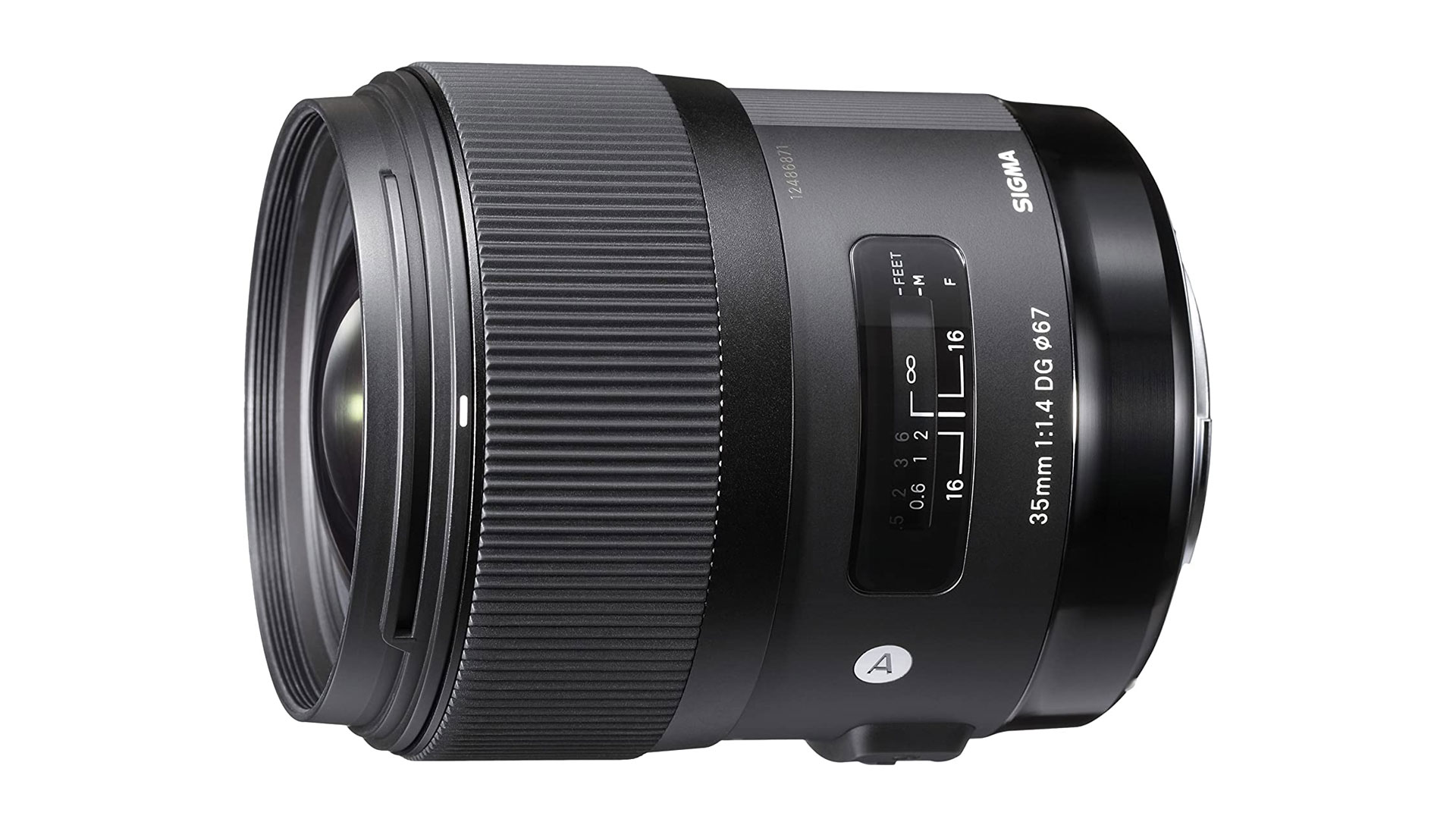
Specifications
Reasons to buy
Reasons to avoid
Much cheaper than Nikon’s own 35mm f/1.4, this Sigma Art lens is a relative bargain that fully delivers on image quality. The very wide aperture enables you to blur backgrounds with ease, even though the short focal length naturally tends to increase the depth of field. It also captures exceptional sharpness across the frame and throughout the aperture range, with barely noticeable distortion. It’s an immaculate piece of engineering.
Read more: Sigma 35mm f/1.4 DG HSM Art review
Best portrait lens for the D800
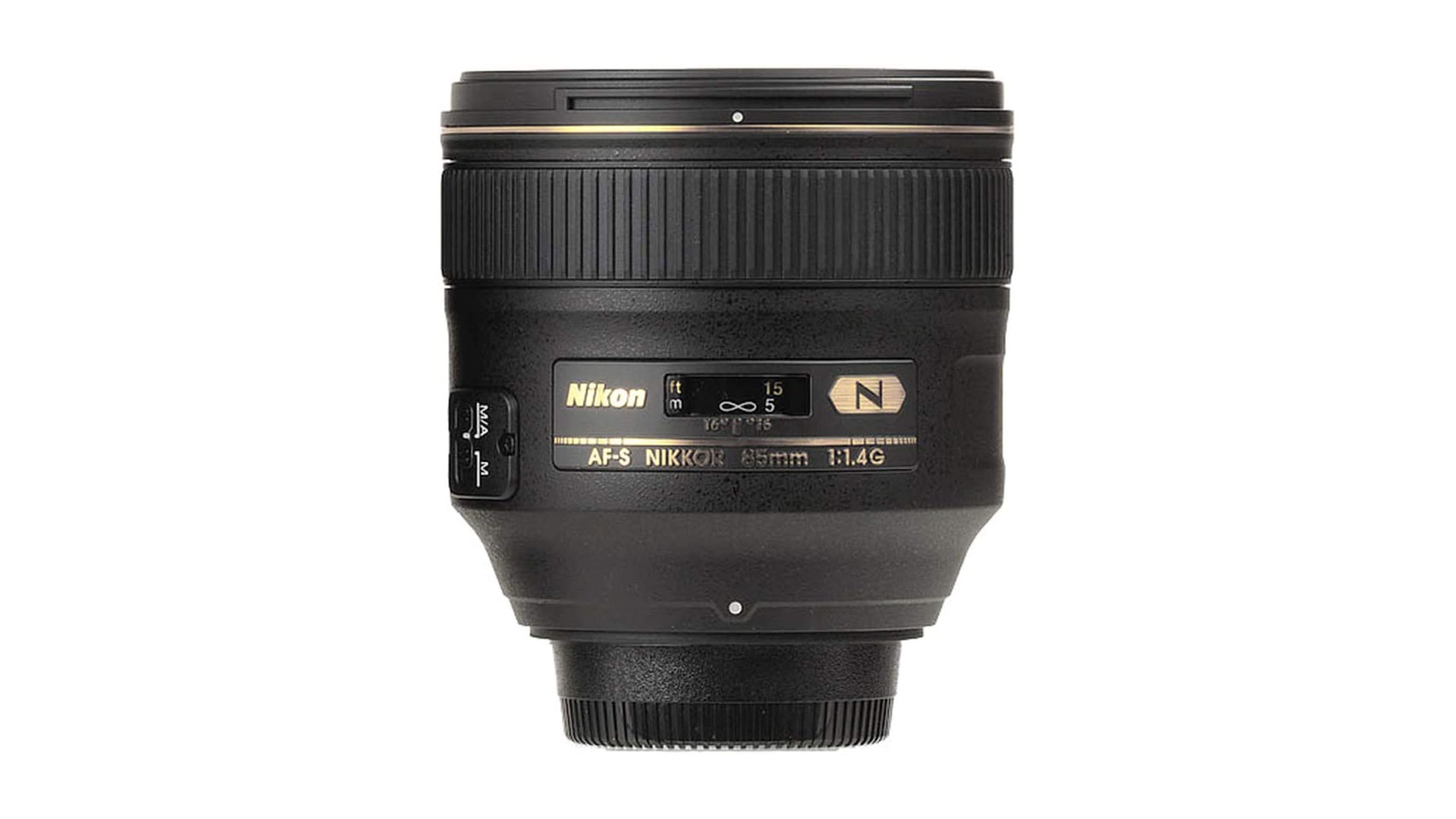
Specifications
Reasons to buy
Reasons to avoid
Regarded by many of its owners as the best portrait lens, this prime provides a rapid autofocus system and superb levels of detail. The pairing of a longer focal length and its very wide aperture make the depth almost too narrow for comfort when you shoot wide-open: you need to be careful to keep the leading eye in focus. But once you get the hang of it, this lens on the D800 is capable of gorgeous shots.
Read more: Nikon AF-S 85mm f/1.4G review
Best telephoto lens for the D800
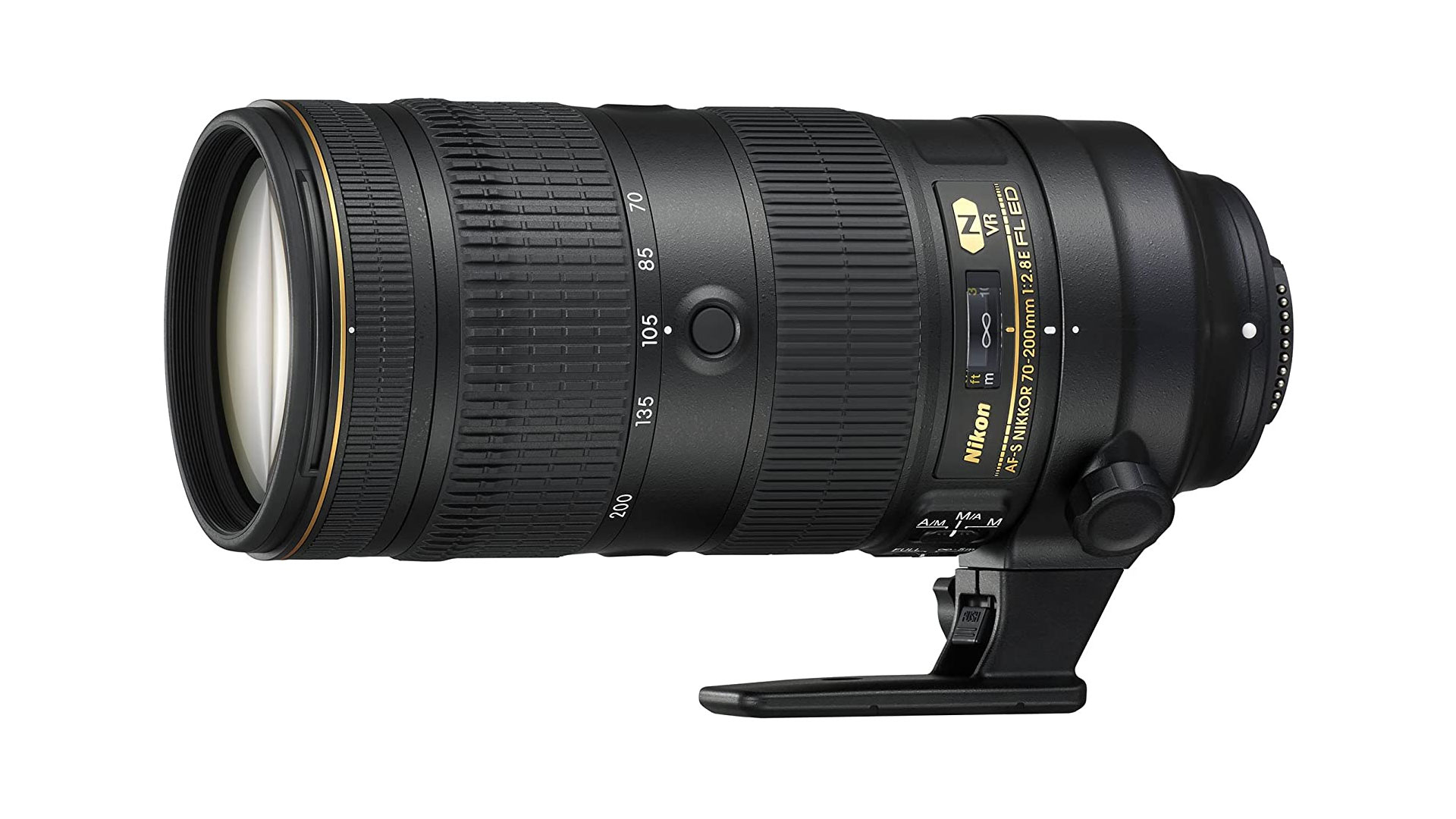
Specifications
Reasons to buy
Reasons to avoid
You’ve got your standard zoom and invested in a wide-angle lens: this is the third component in a shooting setup that covers all the bases. The 70-200mm f/2.8 is a classic choice for portraits, concerts, sports and even wildlife – and this is a great example of the breed.
Its wide aperture is ideal for isolating your subject from the background, and four stops of Vibration Reduction help to retain sharpness if you’re shooting handheld. The build is also first-rate, with weather sealing and plenty of controls along the barrel.
Read more: Nikon AF-S 70-200mm f/2.8E FL ED VR review
Best superzoom lens for the D800
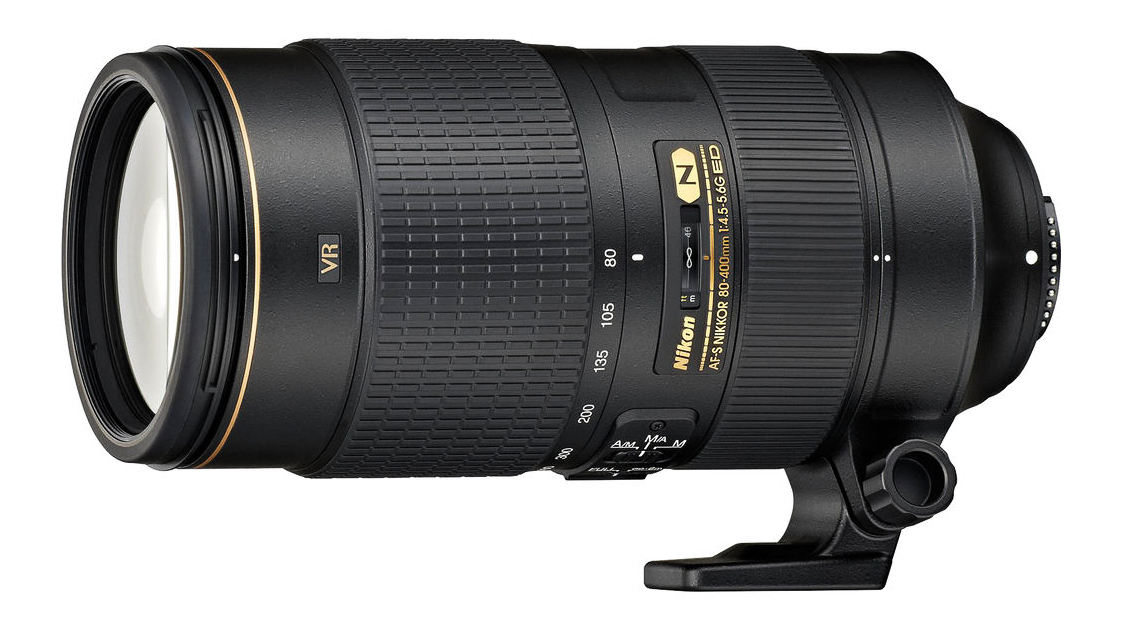
Specifications
Reasons to buy
Reasons to avoid
With a convenient 5x zoom range, this lens can handle everything from portraits at the short end to close-ups on wildlife at the long end, but without the bulk you get from some telephotos. The cost of all that reach is a relatively limited maximum aperture, which narrows further as you zoom in. But in our tests, we were nonetheless impressed by the quality of the images it produced.
Read more: Nikon AF-S 80-400mm f/4.5-5.6G ED VR review
Best super-telephoto lens for the D800

Specifications
Reasons to buy
Reasons to avoid
Here’s a zoom that gets you really close to the action, whether it’s wildlife, athletes or some other action-packed event, although the restricted aperture means the lens will be happier with bright conditions. It’s a reasonable 2kg in weight, which makes handheld a possibility when necessary, with 4.5 stops of optical stabilization helping to keep shots steady.
In our tests, we spotted a degree of softness in detail at the short end, but performance is very good across most of the zoom range.
Read more: Tamron SP 150-600mm f/5-6.3 Di VC USD G2 review
Best macro lens for the D800

Specifications
Reasons to buy
Reasons to avoid
Nikon’s flagship macro lens for full-frame DSLR owners gives you up to 1:1 magnification, where the captured subject on the sensor is lifesize. The ring-type ultrasonic autofocus system is fast and virtually silent, and there are three stops of Vibration Reduction to mitigate against camera shake. We were plesed with the amount of detail the lens captured during our testing, with impressive sharpness from corner to corner. Its 105mm focal length makes it useful for portrait headshots when you’re not shooting close-up.
Read more: Nikon AF-S 105mm f/2.8 G IF ED VR Micro review
Lab data and comparisons
The graphs below show the comparative performance of the lenses in this guide, based on our in-house lab tests. All of the lenses in this group perform very well in terms of sharpness, although corner-sharpness is disappointing for the ultra-wide-angle Nikon AF-S 14-24mm f/2.8G ED, which also exhibits heavy barrel distortion at the short end of its zoom range. The Nikon AF-S 70-200mm f/2.8E FL ED VR is particularly sharp for a zoom lens.
Scores for sharpness and color fringing are averaged from data taken across the entire image frame, from the center to the edges and corners, throughout the aperture range. For zoom lenses, the scores are also averaged from data measured at all marked focal lengths, and the same applies to distortion. Bear in mind that these average values don't fully reflect specific areas of performance. For example, a zoom lens might have noticeable barrel and pincushion distortion at its shortest and longest focal lengths respectively, which tends to average out when looking at the data overall. For more detailed graphs of each lens's performance, which give the full picture, check out the graphs in our full standalone lens reviews.
How to choose the best lens for the Nikon D800
Which lenses fit the Nikon D800?
The D800 uses the Nikon F mount and is compatible with all lenses designed for that mount. Nikon’s own F-mount lenses have AF-S or AF-P at the start of their model names.
Some F-mount lenses are designed for use with APS-C format cameras rather than full-frame cameras such as the D800. Nikon lenses that fall into this category have DX as part of their model names. While they physically fit on the D800, these lenses produce a cropped image. None of the lenses in this guide is a DX-format lens.
If you are buying a third-party lens for the D800, always check that it is designed for full-frame (or FX) Nikon cameras like the D800, rather than APS-C (or DX) Nikons.
The D800 is not able to use Z lenses, which are made for use with Nikon’s mirrorless Z cameras. If you upgrade to a Z camera later, you can buy an adapter that allows most F-mount lenses to work with your new camera.
How do I know which lens to get for my D800?
The reason there are so many types of lens in the first place is that different scenes demand different lens designs, particularly when it comes to focal length and aperture rating.
Usually, you will decide what you want to photograph, then get a lens with the focal length that suits the situation. For example, to shoot landscapes you will need a wide-angle lens, while for sports and wildlife you will need a telephoto.
You can watch this video that explains focal length: it helps you work out what kind of lenses you need for different genres of photography.
How we test lenses
The lens experts in our testing lab run a range of tests under controlled conditions, using the Imatest Master testing suite. Photos of test charts are taken across the range of apertures and zooms (where available), then analyzed for sharpness, distortion and chromatic aberrations.
We use Imatest SFR (spatial frequency response) charts and analysis software to plot lens resolution at the centre of the image frame, corners and mid-point distances, across the range of aperture settings and, with zoom lenses, at four different focal lengths.
There's more to it than just the technical side, though! Beyond the lab, our reviewers test lenses in real-world environments – and sometimes on professional shoots! We work with lenses both indoors and outdoors, in studio conditions and in natural light, with as many different subjects as is possible (or appropriate – there's no point testing a landscape lens' ability to shoot a portrait!).
We take into account everything from handling and ease of use to speed of autofocus and the overall quality of the images produced.
Find out more about how we test and review on Digital Camera World
Get the Digital Camera World Newsletter
The best camera deals, reviews, product advice, and unmissable photography news, direct to your inbox!

Lauren is a writer, reviewer, and photographer with ten years of experience in the camera industry. She's the former Managing Editor of Digital Camera World, and previously served as Editor of Digital Photographer magazine, Technique editor for PhotoPlus: The Canon Magazine, and Deputy Editor of our sister publication, Digital Camera Magazine. An experienced journalist and freelance photographer, Lauren also has bylines at Tech Radar, Space.com, Canon Europe, PCGamesN, T3, Stuff, and British Airways' in-flight magazine. When she's not testing gear for DCW, she's probably in the kitchen testing yet another new curry recipe or walking in the Cotswolds with her Flat-coated Retriever.
